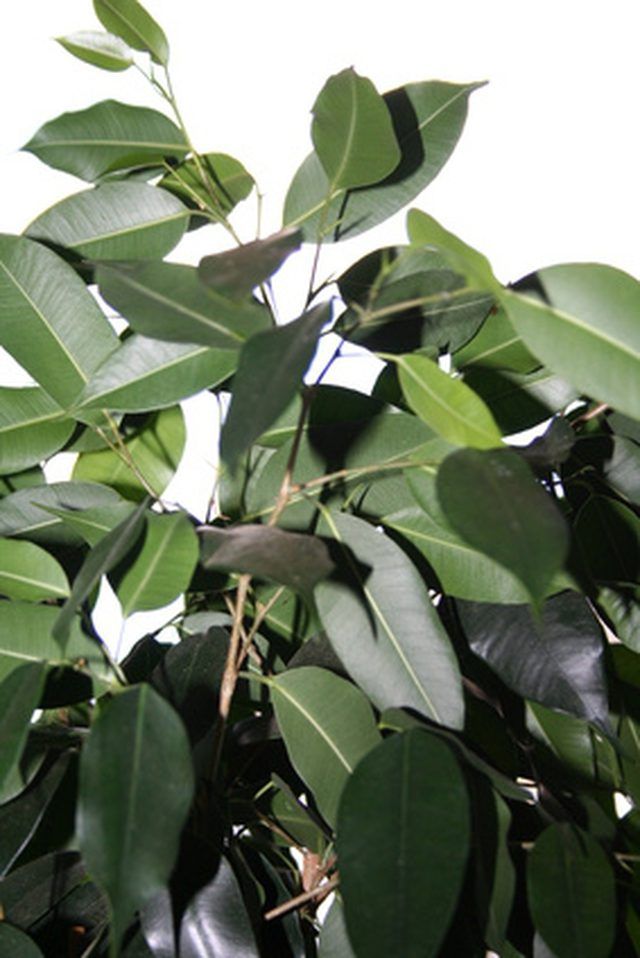Bulbs
Flower Basics
Flower Beds & Specialty Gardens
Flower Garden
Garden Furniture
Garden Gnomes
Garden Seeds
Garden Sheds
Garden Statues
Garden Tools & Supplies
Gardening Basics
Green & Organic
Groundcovers & Vines
Growing Annuals
Growing Basil
Growing Beans
Growing Berries
Growing Blueberries
Growing Cactus
Growing Corn
Growing Cotton
Growing Edibles
Growing Flowers
Growing Garlic
Growing Grapes
Growing Grass
Growing Herbs
Growing Jasmine
Growing Mint
Growing Mushrooms
Orchids
Growing Peanuts
Growing Perennials
Growing Plants
Growing Rosemary
Growing Roses
Growing Strawberries
Growing Sunflowers
Growing Thyme
Growing Tomatoes
Growing Tulips
Growing Vegetables
Herb Basics
Herb Garden
Indoor Growing
Landscaping Basics
Landscaping Patios
Landscaping Plants
Landscaping Shrubs
Landscaping Trees
Landscaping Walks & Pathways
Lawn Basics
Lawn Maintenance
Lawn Mowers
Lawn Ornaments
Lawn Planting
Lawn Tools
Outdoor Growing
Overall Landscape Planning
Pests, Weeds & Problems
Plant Basics
Rock Garden
Rose Garden
Shrubs
Soil
Specialty Gardens
Trees
Vegetable Garden
Yard Maintenance
How to Propagate Ficus Trees
How to Propagate Ficus Trees. Ficus trees (Ficus benjamina) also are known as weeping fig trees. The ficus is one of the most common trees, grown indoors. The trees grow 6 to 18 feet tall and 2 to 10 feet wide. The oval, leathery leaves are a glossy, dark-green. Ficus trees enjoy bright light and high humidity. Moving a ficus tree around and...

Ficus trees (Ficus benjamina) also are known as weeping fig trees. The ficus is one of the most common trees, grown indoors. The trees grow 6 to 18 feet tall and 2 to 10 feet wide. The oval, leathery leaves are a glossy, dark-green. Ficus trees enjoy bright light and high humidity. Moving a ficus tree around and changing its environment causes leaf drop, but the tree recovers once it adapts to its new conditions. The best way to propagate ficus trees is through leaf cuttings in the spring.
Things You'll Need
Plant pot
Soap
Water
Bleach
Peat moss
Perlite
Vermiculite
Sand
Knife
Rooting hormone
Sticks
Clear plastic
Spray bottle
Wash a four- to six-inch plant pot with soapy water. Rinse with a solution of one part bleach and nine parts water. This eliminates insect pests and plant diseases.
Mix together equal parts peat moss, perlite vermiculite and sand. This creates a rooting medium with good air circulation, drainage and moisture-holding properties.
Fill the plant pot with the mixture, and sprinkle with water, until the water runs out the bottom. Let the rooting mixture settle for an hour. Top the plant pot off with more mix, and water again.
Cut a two- to four-inch tip off a ficus branch, using a sharp, clean knife. Remove the leaves from the lower half of the cutting, to create a bare stem. Dip the cut end in powdered rooting hormone, then slide it into the rooting mix.
Place four sticks into the corners of the plant pot and lay a sheet of clear plastic over the top of the sticks. This creates a small greenhouse, which increases the humidity around the cutting.
Place the cutting in an area with filtered sunlight, for good root growth. Direct sunlight stresses rootless cuttings and causes leaf burn. Spray the cutting daily with water, until new growth begins.
Tips & Warnings
According to Texas A&M University's Agricultural Extension Service, the ideal temperature for a ficus tree cutting to grow roots is 70 to 75 degrees Fahrenheit. Place the cutting in a warm area, without cooling drafts.
Ficus tree cuttings may be started in water, but the root growth is weak, fibrous and stringy. Cuttings started this way have a difficult time acclimating to soil.
Do not let the plastic touch the leaves, and do not seal the plastic, as the cutting needs good air flow to prevent plant disease.